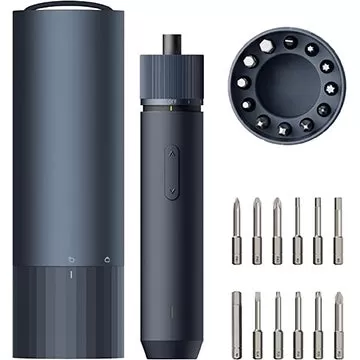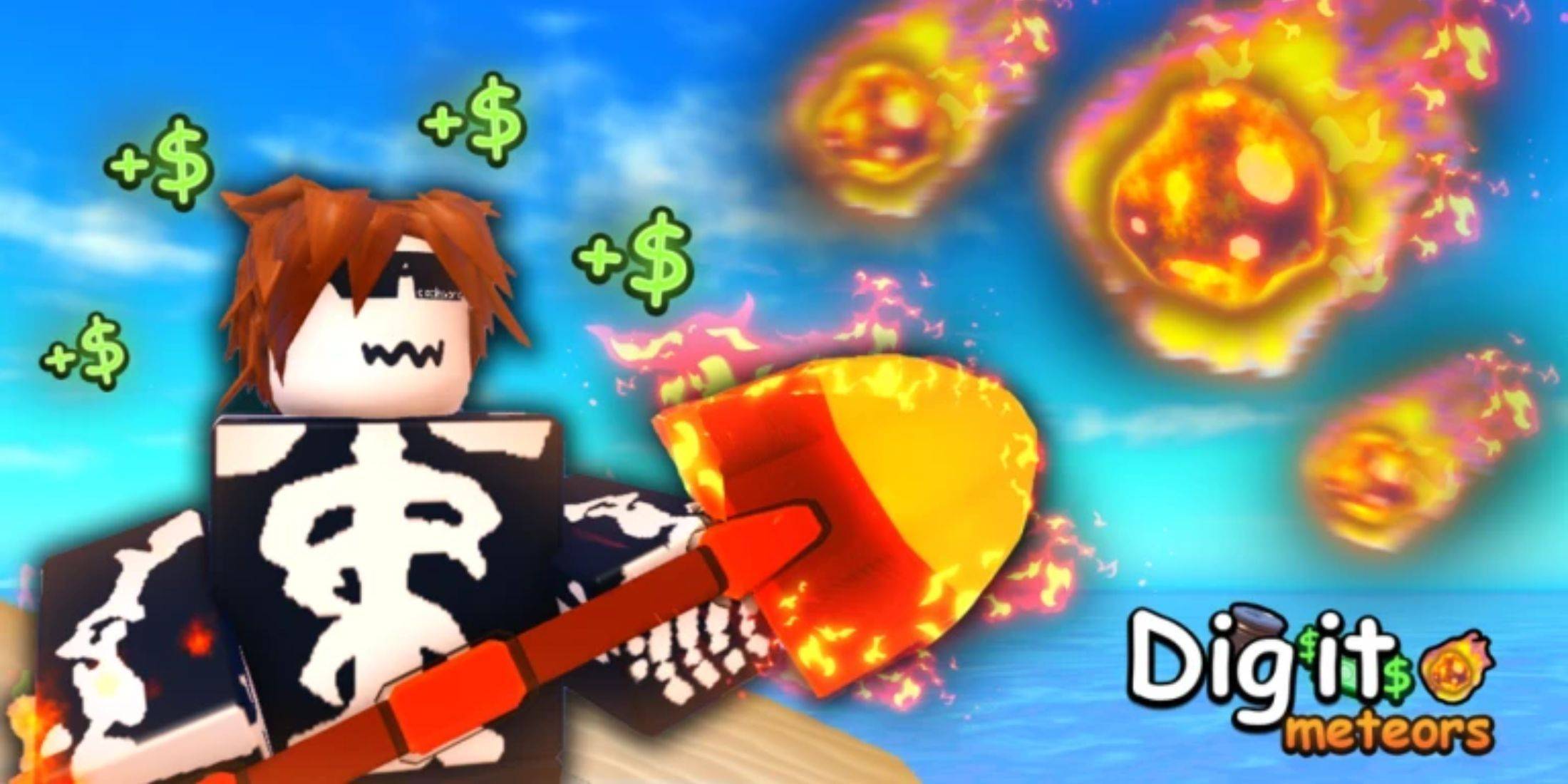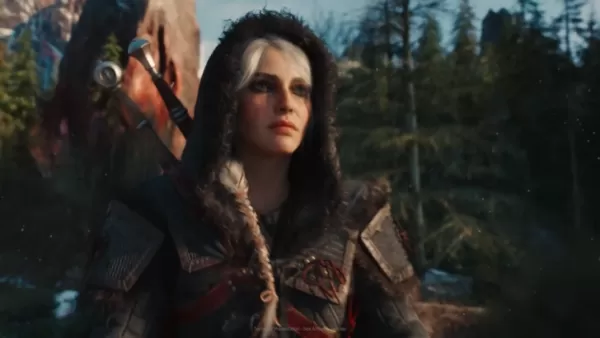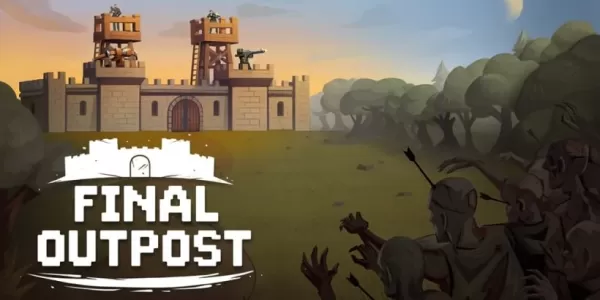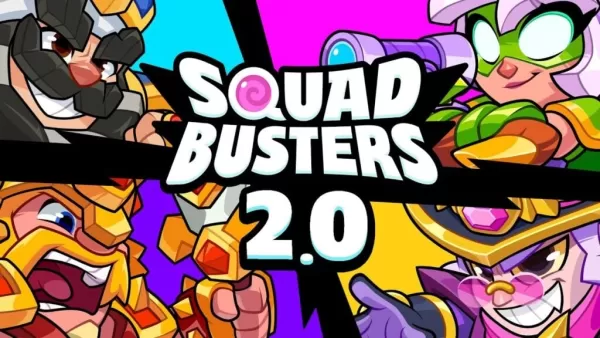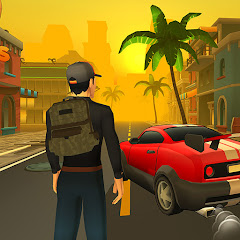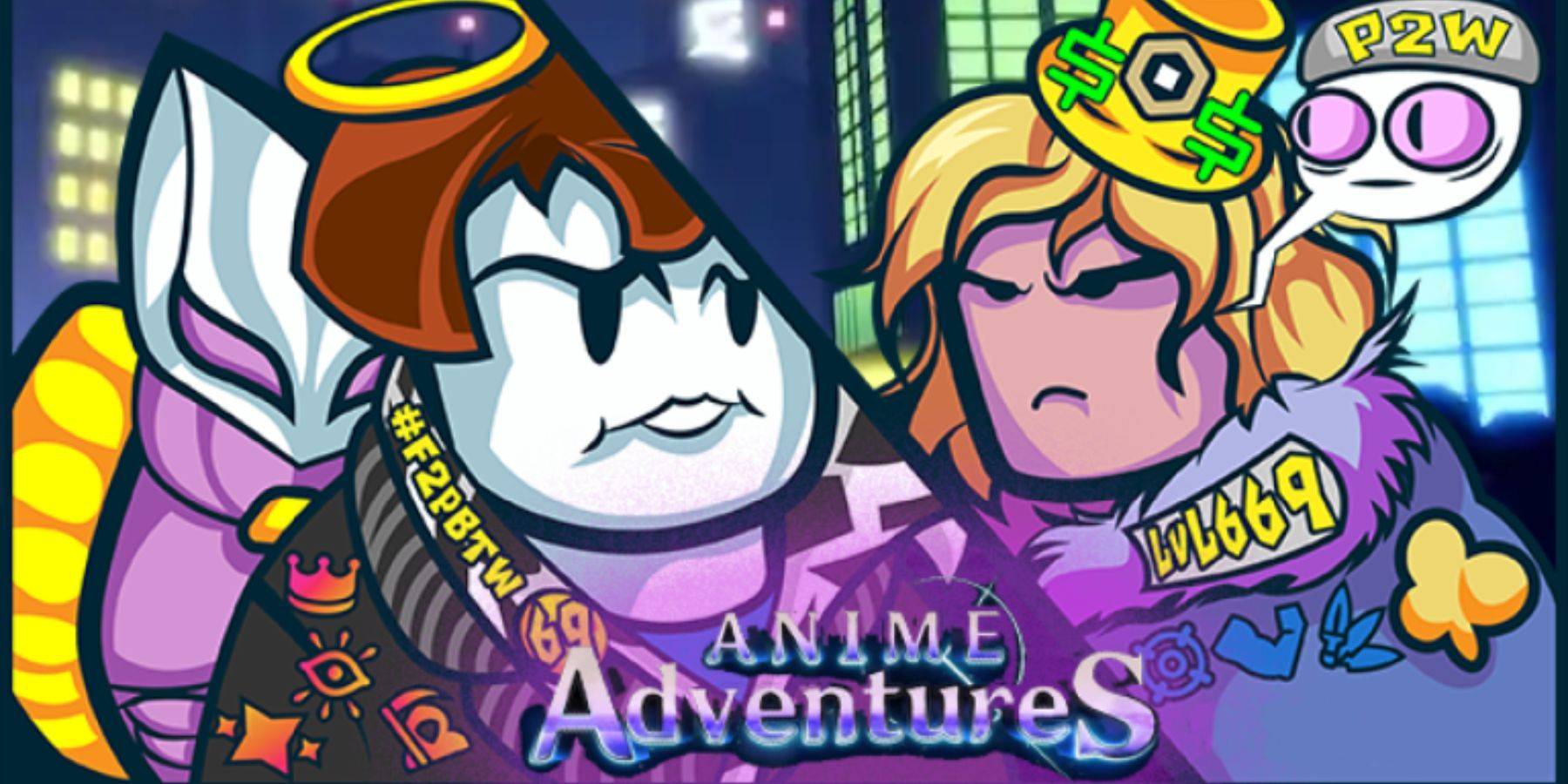"Doom: The Dark Ages Inspired by Eternal's Marauder"
When director Hugo Martin unveiled the "stand and fight" mantra for Doom: The Dark Ages during Xbox's Developer Direct, it immediately captured my attention. This philosophy stands in stark contrast to the frenetic, movement-focused combat of its predecessor, Doom Eternal. Yet, within Eternal, there's one enemy that embodies this very concept: the Marauder. Known as one of the most polarizing enemies in Doom history, the Marauder is a favorite of mine. The moment I discovered that the key to combat in Doom: The Dark Ages was reacting to bright green lights—just like the technique used to defeat the Marauder—I was hooked.
Rest assured, The Dark Ages doesn't lock you into a frustrating duel with an enemy as tricky as Eternal's Marauder. While it introduces the Agaddon Hunter, a formidable foe with a bulletproof shield and deadly combo attacks, the essence of Eternal's challenging encounters permeates every enemy in The Dark Ages. The game reimagines and refines the principles behind the Marauder, applying them to its core combat system, resulting in encounters that carry the strategic depth of a Marauder showdown without the same level of frustration.
The Marauder is a unique challenge within Doom Eternal. Typically, fights in Eternal involve circling the arena, dispatching weaker enemies, and strategically managing encounters with larger foes. Eternal often feels like a management game, requiring players to juggle speed, space, and weaponry effectively. However, when the Marauder appears, all these tactics are thrown out the window. This formidable adversary, with his axe and shotgun, demands your full attention, often fought in one-on-one scenarios. In larger battles, the best strategy is to dodge his attacks, clear out the other enemies, and then focus on him, truly embodying the "stand and fight" ethos.
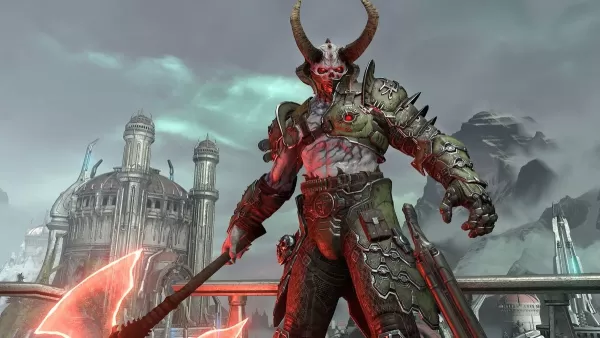 Doom Eternal's Marauder is one of the most controversial enemies in FPS history. | Image credit: id Software / Bethesda
Doom Eternal's Marauder is one of the most controversial enemies in FPS history. | Image credit: id Software / Bethesda
Standing still isn't what "stand and fight" means in Doom Eternal; it's about dominating the space through strategic positioning. Too close, and the Marauder's shotgun blast is nearly unavoidable; too far, and he'll pelt you with projectiles that are easier to dodge but keep you out of range of his axe. You want him to swing that axe because it's during the wind-up that he's vulnerable. His energy shield absorbs all your shots, so you must position yourself perfectly to strike when his eyes flash green—a brief window to land your attack.
In Doom: The Dark Ages, this green light mechanic returns with a twist. Demons unleash volleys of projectiles reminiscent of the original Doom's bullet hell. Among these are special green missiles that can be parried using the Doom Slayer's new shield, sending them back to their sender. Initially a defensive move, parrying becomes a crucial offensive strategy once you unlock the shield's rune system, stunning enemies or triggering an auto-targeting cannon.
Navigating The Dark Ages' battlefields involves a series of intense, focused one-on-one encounters with various powerful demons. Unlike the Marauder battles, survival isn't solely dependent on reacting to green lights; traditional weapons and tactics can still lead to victory. However, mastering the shield's parry system, enhanced by runes, significantly boosts your combat effectiveness. The mechanics of The Dark Ages' parry system echo those of Eternal's Marauder fights—you need to find the right distance, position yourself correctly when the green orbs appear, and react swiftly to execute the parry. This demands focus, turning each battle into a strategic dance.
The Marauder's most significant criticism was its disruption of Doom Eternal's flow, requiring a completely different approach from the rest of the game. This shift is precisely why I admire the Marauder; it forces players to break from the established rhythm and adapt. Doom Eternal broke the norms of first-person shooters, challenging players to rethink resource management, weapon choices, and combat strategies. The Marauder broke those new rules, presenting the ultimate challenge. While I relish this challenge, I understand why many players found it frustrating.
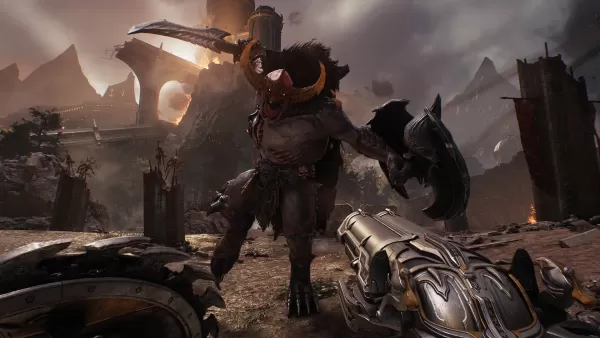 The Agaddon Hunter may be the most Marauder-like enemy in The Dark Ages, but every demon has a little bit of Eternal's most fearsome foe in them. | Image credit: id Software / Bethesda
The Agaddon Hunter may be the most Marauder-like enemy in The Dark Ages, but every demon has a little bit of Eternal's most fearsome foe in them. | Image credit: id Software / Bethesda
Doom: The Dark Ages addresses this issue by integrating diverse combat "dances" into its battle system. Each major enemy type has a unique green projectile or melee attack, requiring tailored approaches. For example, the Mancubus fires wide energy "fences" with green "pillars" at the ends, demanding you weave to parry each one. The Vagary sends out volleys of deadly spheres, requiring you to sprint and deflect them like tennis balls. The Revenant, reminiscent of the Marauder, becomes vulnerable only after you parry its green skulls.
With every demon requiring different footwork, introducing new enemies with unconventional tactics feels seamless. The Agaddon Hunter and Komodo present significant challenges with their melee combos, but by the time they appear, you're already accustomed to adapting your movement and reactions. This wasn't the case with the Marauder in Eternal, where players were used to selecting the right weapon for each demon rather than engaging in position and reaction-based combat.
The Marauder's design wasn't flawed; it was the unexpected rule-breaking that caught players off guard. Doom: The Dark Ages prepares you for similar mechanics by making reaction-based combat a central element throughout the game, not just a surprise mid-game challenge. While this approach might make the game less challenging—the parry window is more forgiving than the Marauder's split-second eye flash—the core concept of timing your strikes with the enemy's green light remains intact. Doom: The Dark Ages may offer a fresh take on these ideas, but they're unmistakably rooted in the Marauder's legacy. You stand and you fight.








